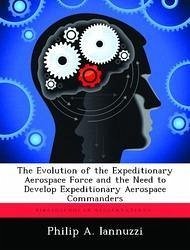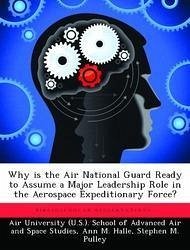
Command and Control Enabling the Expeditionary Aerospace Force
Versandkostenfrei!
Versandfertig in über 4 Wochen
58,99 €
inkl. MwSt.

PAYBACK Punkte
29 °P sammeln!
As the Air Force enters a new century, it finds itself modernizing it two areas. First, it is reorganizing into an Expeditionary Aerospace Force (EAF) capable of rapidly delivering a tailorable capabilities based aerospace force to anywhere on the globe. The Air Force is also actively modernizing its ability to command and control (C2) its forces, by leveraging modern technology to enable commanders at every level of war to better prosecute a conflict. For the EAF to succeed in realizing its vision, it must create a light, lean force prepared for expeditionary operations and tailorable through...
As the Air Force enters a new century, it finds itself modernizing it two areas. First, it is reorganizing into an Expeditionary Aerospace Force (EAF) capable of rapidly delivering a tailorable capabilities based aerospace force to anywhere on the globe. The Air Force is also actively modernizing its ability to command and control (C2) its forces, by leveraging modern technology to enable commanders at every level of war to better prosecute a conflict. For the EAF to succeed in realizing its vision, it must create a light, lean force prepared for expeditionary operations and tailorable throughout any spectrum of conflict. What, then, should a modernized global command and control network consist of if it is to link expeditionary aerospace operations from the tactical level to the strategic level, and provide information to the EAF through the spectrum of conflict? Both of these modernization efforts are currently being pursued, however, inadequate effort is being placed on the coordination between the two. Only by analyzing the EAF structure, outlining its unique and new requirements, and applying the people, processes and systems of anew C2 structure can congruent modernization efforts be realized.












